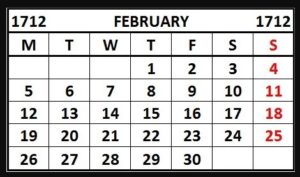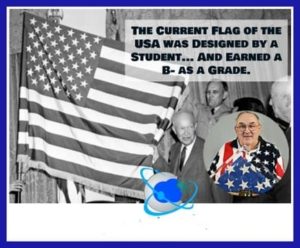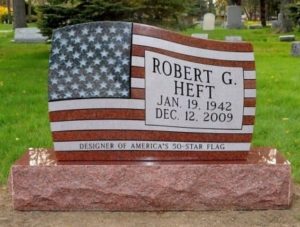Juries and Jury Duty: What is it like to be a juror?
I’ll answer based on my one experience as a juror; it was enlightening for future work. I was selected just as I was beginning my first year of law school.
The defendant was charged with driving under the influence of alcohol. He blew a .23, about three times the legal limit today. Then, in 1979, the limit was .10, but unlike today, it was not a presumption of guilt. The prosecutor had to prove his erratic driving was the result of being intoxicated. The test was nothing more than a piece of evidence, not the determining factor.
The prosecutor was a young man with a belligerent attitude. The defense attorney was an older man with a balding head and graying beard. Unlike the prosecutor, he looked gentlemanly and distinguished. From working in the clerk of the court’s office, I knew both.
For about six hours, we listened to testimony. The breathalyzer test was explained in a way that was understandable. The defendant took the stand in his own defense. He had been visiting his girlfriend in Akron and was going home to the Youngstown area. His drive required him to pass through our county at about 2:30 a.m. He admitted drinking but attributed his poor driving to being tired.
The prosecutor smirked and questioned him to the point of ridicule. The defense attorney remained the calm professional we, the jury, perceived him to be.
After closing arguments, which were better than the trial in highlighting the contrasting styles of the attorneys, we retired to the jury room. I lived in a somewhat small but growing rural county. One of the jurors was from my hometown. We numbered six, all with varying backgrounds. We introduced ourselves with a little background statement to get to know each other. Because I was in law school, I was selected as a jury foreman.
Not much of a reason to be selected foreman, and it didn’t carry much weight. But it did give me a certain privilege, it seems. I suggested an immediate vote without much discussion to gauge where we were. It was something I’d seen in a movie(12 Angry Men), and I thought we were already unanimous. It had to be discussed, though, and the discussion really turned to our thoughts on the case, which means it initially failed.
The opening shot came from the man I knew from where I grew up. He didn’t like the reliance on the machine the prosecutor thought so important. To him, it was like our jobs weren’t important. Our decision was being made for us by the result of a test, not for him and a couple more chimed in to support this view. It opened the door to the defendant driving erratically to being tired, not because he was under the influence of alcohol. We knew the defendant’s entire day from his testimony before beginning his roughly hour drive home.
It was not explicitly stated, but we knew what it was like to drink. We also knew it could be tiring driving that time of night regardless of drinking. The story was plausible and created doubt, but something more important was becoming apparent.
The jurors spoke of the demeanor, not of the defendant but the prosecutor. Frankly, he wasn’t liked. The defense attorney was, though. That, and not liking machines, made the outcome of the vote inevitable.
liked. The defense attorney was, though. That, and not liking machines, made the outcome of the vote inevitable.
We marched back into the courtroom in an hour, maybe a little less. My real duty as the foreman was to announce the verdict after the judge reviewed it. Our finding of not guilty was met with an angry outburst from the prosecutor as he stood and walked out of the courtroom before it was over.
The judge then thanked us. Now it was over, pretty much. The defense attorney and his client stood. The attorney thanked us for our time and consideration on behalf of his client, calling him by name. His client nodded his assent. Now we were finished.
So, as far as the cartoon, we found the defendant not guilty in significant part because of the arrogance of the prosecutor. Se La Vie, as we say here.
 365.2422 days each year.
365.2422 days each year. 1712 because it made the wrong years leap years during its initial attempts to convert in 1700. This messed up the country’s calendar so badly that everyone had to return to the Julian calendar temporarily. In 1712, the country changed the official Gregorian calendar and added two leap days- February 29 and 30- to catch up.
1712 because it made the wrong years leap years during its initial attempts to convert in 1700. This messed up the country’s calendar so badly that everyone had to return to the Julian calendar temporarily. In 1712, the country changed the official Gregorian calendar and added two leap days- February 29 and 30- to catch up.


